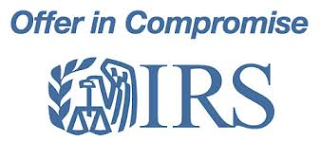A recent Tax Inspector General for Tax Administration (TIGTA) Audit Report 2021-30-052 has found that the IRS still uses tax enforcement results to evaluate employees, even though that’s been illegal for years.
TIGTA is required to annually determine whether the IRS has complied with the restrictions on the use of enforcement results to evaluate employees found in Section 1204 of the IRS Restructuring and Reform Act of 1998 (RRA 98).
RRA 98 requires the IRS to ensure that managers do not evaluate enforcement employees using any record of tax enforcement results (ROTER) or base employee successes on meeting ROTER goals or quotas.
In its audit report, TIGTA determinized that the IRS is still using ROTERs and identified the following:
-
Three violations associated with the use of ROTERs in supervisory employees’ performance evaluations.
-
One violation associated with the use of ROTERs in a nonsupervisory employee's performance evaluation.
-
One violation in an employee’s midyear narrative that included inappropriate language related to fraud referrals.
TIGTA made eight recommendations to mitigate the issues identified during the audit. Two of these recommendations were:
-
IRS should ensure that Section 1204 violations and instances of noncompliance are discussed with the responsible employees and/or managers, and
-
IRS should update applicable performance documents to include a warning on using ROTERs when evaluating employees.
IRS management agreed with all TIGTA's recommendations.
Contact the Tax Lawyers at
or Toll Free at 888-8TaxAid (888) 882-9243
Read more at: Tax Times blog








